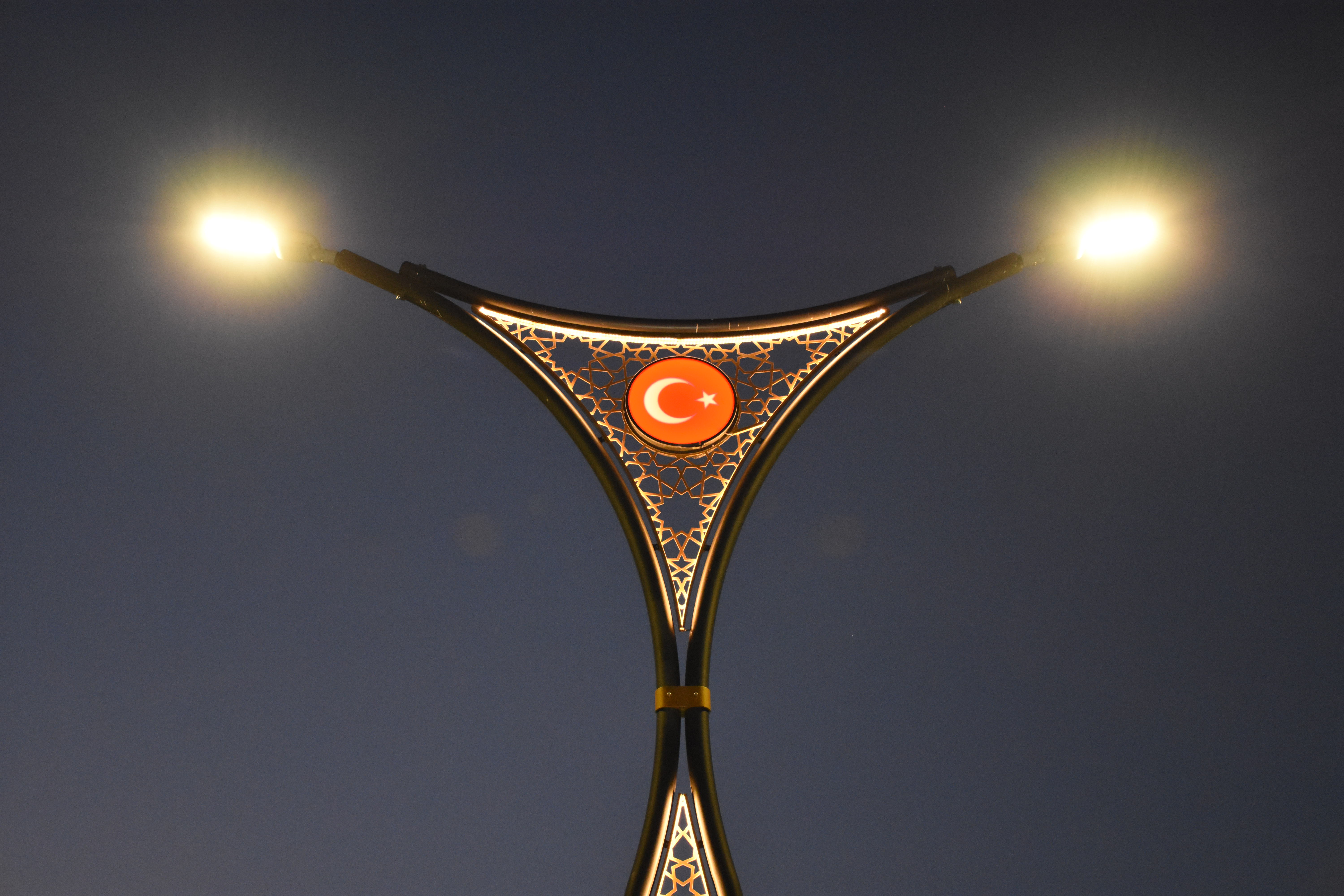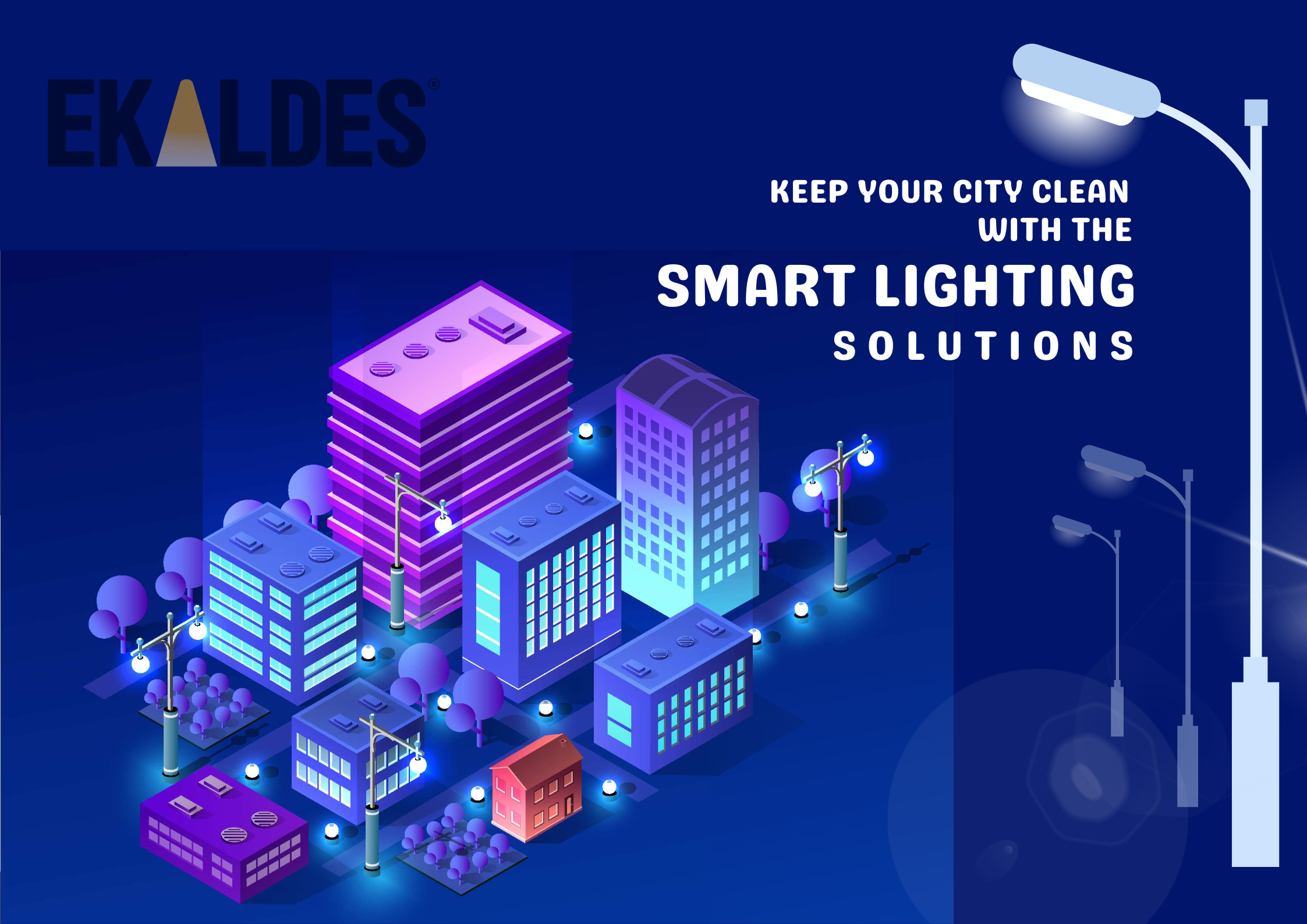
Lighting plays a critical role in both interior and exterior design. Good lighting increases the functionality, aesthetics and safety of a space, while also making significant contributions to energy efficiency and environmental sustainability. Today, different lighting types and technologies have been developed to meet various needs. Here is a brief review of these lighting types and technologies:
Traditional Lighting Types
Incandescent and Halogen Lamps: These lamps provide a warm light and offer good color rendering. However, they consume high energy and require frequent maintenance due to their short lifespan. Halogen lamps are frequently used, especially in spotlights.
Fluorescent Lamps: Although they provide energy savings, they can pose environmental and health risks due to their mercury content. They are widely used in offices and commercial areas. Compact fluorescent lamps (CFL) are more commonly preferred in homes and small businesses.
Modern Lighting Technologies
LED (Light Emitting Diode) Technology: LEDs stand out with their energy efficiency, long lifespan and low heat production. They consume 80% less energy than traditional lamps and offer a lifespan of more than 25,000 hours. LEDs can be used in both general lighting and decorative applications. They also provide flexibility in controlling the ambiance of the space thanks to their dimmable features and color temperature options.
OLED (Organic Light Emitting Diode) Technology: OLEDs offer high-quality light in flexible and thin panels. They offer an aesthetic choice in modern interiors with high color accuracy and wide viewing angles. They are often used in decorative applications and high-tech devices.
Smart Lighting Systems
Smart Lighting: Smart lighting systems can be controlled via Wi-Fi or Bluetooth connectivity. These systems offer features such as programmable light scenarios, remote access, and energy consumption monitoring. Smart bulbs and smart switches are becoming increasingly popular as part of home automation systems.
Responsive Lighting (Resistant Systems): These systems automatically adjust light levels using motion sensors, light sensors, and timers. It provides energy savings and increases security, especially in public areas, offices, and commercial buildings.
Energy Efficiency and Environmental Sustainability
Solar-powered Lighting: Solar-powered lighting systems collect energy during the day using solar panels and use this energy to provide light during the night. It is especially preferred in outdoor areas as an environmentally friendly and cost-effective solution.
Low Energy Consumption and Recycling: Modern lighting solutions minimize environmental impacts with recyclable materials and low energy consumption features. The low energy consumption and long life provided by LED technology offer significant advantages in this respect.
As a result, lighting types and technologies have diversified to meet both aesthetic and functional requirements. These solutions, which are offered in a wide range from traditional options to modern LED and OLED technologies, from smart lighting systems to environmentally friendly solutions, provide effective lighting and energy efficiency in all types of spaces. With technological developments, even more innovative lighting solutions and sustainable applications are expected in the future.









